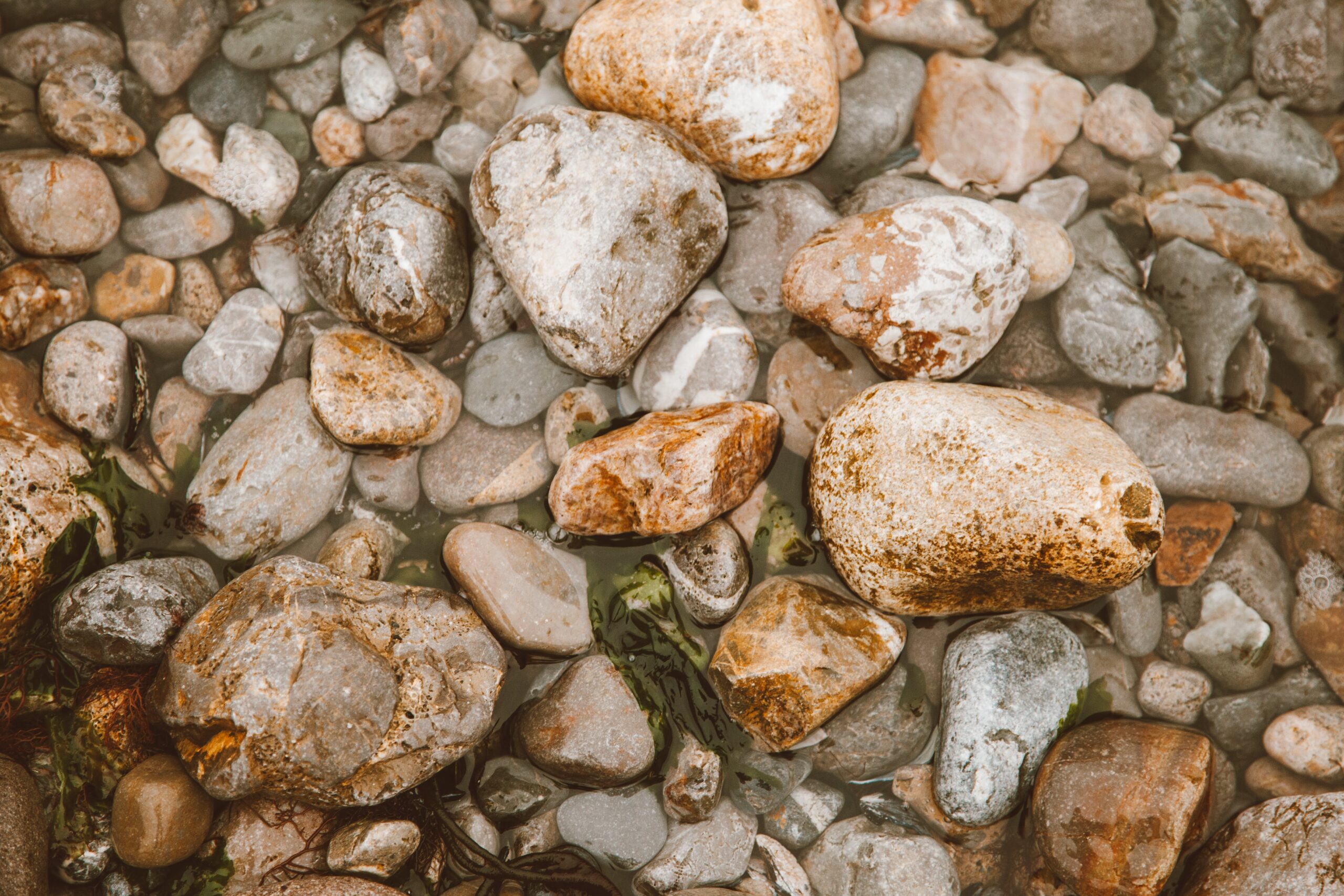**Hands-On Activity: Rock and Mineral Identification**
**Materials:**
1. Collection of rocks and minerals (labeled if possible)
2. Magnifying glass
3. Identification guides or books
4. Notebook and pen
**Step-by-Step Guide:**
1. **Introduction (5 minutes):**
– Briefly explain the difference between rocks and minerals.
– Discuss the importance of identifying rocks and minerals in geology.
2. **Gathering Materials (5 minutes):**
– Distribute rocks and minerals to participants.
– Provide each participant with a magnifying glass, identification guides, and a notebook.
3. **Observation (15 minutes):**
– Encourage participants to examine the rocks and minerals closely using the magnifying glass.
– Instruct them to note characteristics such as color, texture, luster, and any visible crystals.
4. **Research (10 minutes):**
– Direct participants to use identification guides or online resources to match the observed characteristics with known rocks and minerals.
– Emphasize the importance of thorough research for accurate identification.
5. **Discussion (10 minutes):**
– Facilitate a group discussion where participants share their observations and possible identifications.
– Address any questions and encourage collaborative learning.
6. **Recording (10 minutes):**
– Instruct participants to record their findings in their notebooks, including the names of identified rocks and minerals.
7. **Conclusion (5 minutes):**
– Summarize key learnings and discuss the significance of rock and mineral identification.
– Highlight the diversity of rocks and minerals and their role in geology.
**Learning Outcomes:**
1. **Observation Skills:** Participants will enhance their observational skills by closely examining rocks and minerals.
2. **Research Abilities:** Participants will develop research skills by using identification guides and online resources.
3. **Critical Thinking:** Engaging in the identification process will promote critical thinking as participants analyze characteristics for accurate classification.
4. **Collaboration:** Group discussions foster collaboration, allowing participants to learn from each other’s observations and insights.
5. **Record-Keeping:** Recording findings in a notebook promotes organization and documentation skills.
This hands-on activity not only provides practical experience in identifying rocks and minerals but also encourages active learning and collaboration among participants.

